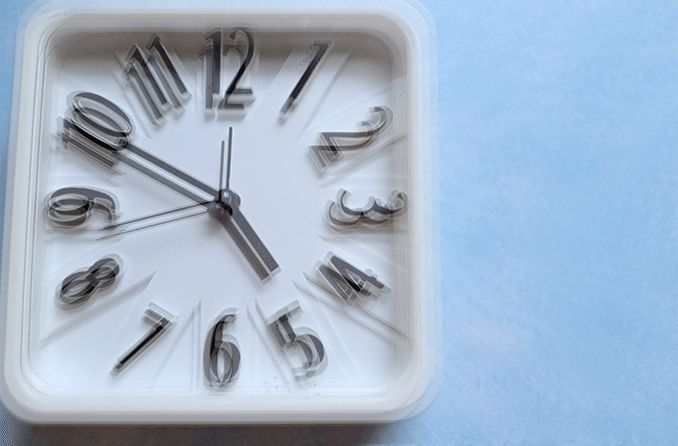Astigmatism
Astigmatism is a defect in the shape or curvature of the eye’s cornea or lens that results in blurry vision at all distances. The goal of treatment is to correct the way light enters the eye, treating any blurry, fuzzy or double vision in the process.
Astigmatism is most often treated with prescription eyeglasses or contact lenses or, less commonly, with corrective vision surgery. All of these treatment options use the specific measurements of your eye to counter the disruptive effects of astigmatism.
Cataracts
Surgery is currently the only treatment option for cataracts , which can cause a person to experience light sensitivity and difficulty seeing at night in addition to double vision. Millions of Americans undergo this safe and effective operation every year.
In cataract surgery , the eye’s natural lens — which has become clouded — is removed and replaced with an artificial lens. In the majority of cases, most or all of a patient’s clear vision is restored after they recover from the procedure.
Diabetes
This increasingly common disease affects the body’s ability to regulate blood sugar. Symptoms of diabetic eye disease — eye conditions that can affect people with diabetes — include diplopia, blurry or fluctuating vision , and increased floaters and flashes of light.
Often, the best way to treat eye problems caused by diabetes is to successfully manage blood glucose levels. However, surgery may be recommended in the more advanced stages of diabetic retinopathy, a disease that eventually causes the growth and leakage of new, weaker blood vessels inside the eye. If left untreated, permanent vision loss can result.
Dry eyes
The most common treatments for the double vision associated with dry eye syndrome are lubricating eye drops and lifestyle changes, but that isn’t always enough. More severe cases of dry eye may benefit from medicated eye drops, supplements or surgery to improve the eyes’ tear and oil production.
Keratoconus
When the cornea slowly becomes more cone-shaped over time, it’s called keratoconus . Custom, oversized contacts called scleral lenses can help increase comfort and reduce double vision, as well as other symptoms that may accompany double vision. If the condition progresses to a certain point, a corneal transplant may be recommended.
Myasthenia gravis
The double vision caused by myasthenia gravis , an autoimmune disorder that leads to muscle weakness, is associated with muscle weakness around the eyes. It is usually treated by blocking the vision from one eye with an eye patch or a cover over one eyeglass lens. While double vision glasses (called prism glasses ) can be helpful for some types of diplopia caused by eye movement problems, they usually aren’t helpful for people with myasthenia gravis.
Strabismus
Strabismus is usually diagnosed when the eyes don’t work together as well as they should, causing one eye to point inward, outward, upward or downward while the other focuses on an object. This is commonly referred to as being cross-eyed or wall-eyed, depending on the direction of misalignment.
Strabismus, and the diplopia that may result, can often be corrected with a surgical procedure to realign the eyes, though multiple procedures are sometimes needed depending on severity. One form of strabismus — called convergence insufficiency — may be improved non-surgically using guided vision therapy.
Can double vision be treated with eye exercises?
Unfortunately, eye exercises cannot be used to treat double vision or its underlying cause.
While vision therapy for convergence insufficiency can lead to noticeable improvement in the condition, it’s different from typical eye exercises . Therapy is conducted by a trained professional over the course of several weeks using a combination of in-office and at-home practices.










